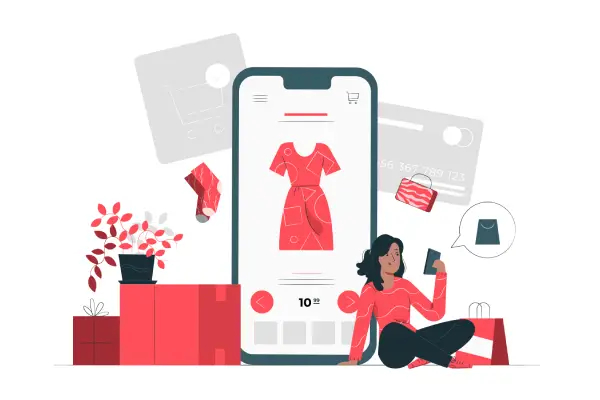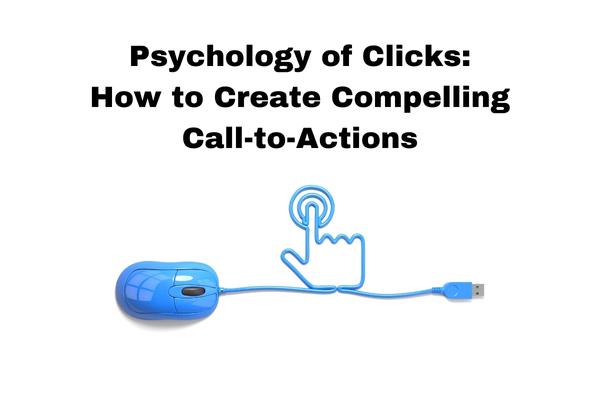When it comes to e-commerce, it requires having the right strategy for standing out from the crowd. Here are our top 8 tips.
If you have been on the internet recently, you must have noticed that there are a lot of people selling a lot of stuff – it’s great for consumers, but certainly challenging for businesses competing against each other.
The best thing about e-commerce is that standing out from the crowd is less about spending money and more about having the right plan.
E-commerce is the process of creating sales online and returning the customers and covers every layer of the purchasing cycle from awareness to the point of sale.
Of course, companies and industries differ in their product and audience, but here are 8 effective e-commerce strategies for boosting your e-commerce bottom line:

1. Optimize Product Pages
Every e-commerce marketing strategy must include search engine optimization (SEO) that includes keywords(word using which your client finds you), alt text, title, description, and other strategies. Yet e-commerce marketing strategies can also be optimized by enabling reviews, adding video, and regularly updating information through regular posts.
2. Email Marketing
In this era of social media influence, it may come as a surprise to know that email is still one of the most successful ways to convert sales. Automated email marketing can attract a customer to complete their purchase, offer an incentive to buy, and add an imperative such as a discount for a limited time.
3. Retarget Users
According to a study, about 98% of customers don’t buy on their first visit, so retargeting potential customers is important. There are few strategies you can apply to get customers back to your website to pick up where they left off, including paid advertisements on other websites and social media, abandoned cart mails, and more where you can offer incentives to users who are about to leave your website without checking out items in their cart.
4. Optimize For Mobile
The number of customers who purchase using a mobile device is increasing every year, so e-commerce experiences need to be designed with a mobile-friendly interface. This means strategies such as increasing the size of the purchase button, so customers don’t have to zoom in and adding it to the bottom of the page as well as the top so users don’t have to scroll back up.
5. Invest In Content Marketing
E-commerce content marketing includes blogs, video tutorials, infographics, product guides, etc. They don’t advertise or hard sell, instead, they inspire and educate potential clients. Content marketing integration in e-commerce has the added benefit of building trust and brand recognition.
6. Social Media Intigration
An e-commerce social media strategy will use videos, images, explainer articles, etc to highlight products and services. Different social media platforms should have different strategies tailored to how they are consumed and by whom.
7. Install Live Chat
Live chat can take the form of either human or robot(chatbot), but both serve the purpose of being available to answer questions and massage the customer down the purchasing funnel.
8. Implement A Loyalty Progam
The only thing better than a customer who makes a sale is a customer who returns and makes repeat purchases. An e-commerce loyalty program incentivizes customers to come back again and again. It can include discount coupons, points to collect, or other exclusive offers.
Need To Level Up Your E-Commerce?
Abnoq is the top digital marketing agency in India, we can help grow your e-commerce business with a marketing plan that features the most effective conversion strategies.
To know more about how we can help you to grow your business, Contact Us, or give us a call on (+91) 7905294600




